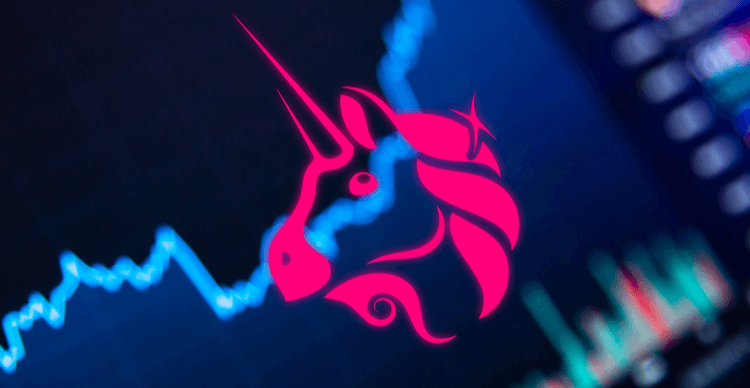ZIRP-Addicted Japan Is Crumbling Under Higher Rates | SchiffGold

The message is loud and clear: The Japanese economy has no tolerance for higher interest rates after the Bank of Japan has kept them artificially near zero for decades. Meanwhile, as the largest holders of US Treasury debt, Japan’s economic well-being has become inextricably dependent on the capricious whims of Federal Reserve monetary policy — and both of those chickens have now come home to roost.
Exhibit A: Japan’s 100-year-old Norinchukin bank, which holds a whopping 20% of the total outstanding foreign bonds held by Japanese financial institutions. It just announced it would sell $63 billion in low-yielding US and European bonds at a loss, catapulting Norinchukin’s total annual losses to ¥1.5 trillion, or around 9.5 billion dollars.
This follows a prediction just about a month ago that the bank’s losses would be ⅓ as much — and those losses still have room to grow if foreign bond markets don’t rally in the coming months. The losses exceed the bank’s previous record, set in 2009 during the financial crisis, by about 1 trillion yen, and bonds compose more than half of Norinchukin’s portfolio.
Norinchukin (“Nochu”) is Japan’s “farmer” bank: it holds around $600 billion in deposits from Japan’s agricultural and fishing collectives. Most of the pensions of Japan’s lowest-income workers are stored here.
Until recently, Nochu was best known as the CLO whale: it had… pic.twitter.com/TzanqrtXK9
— zerohedge (@zerohedge) June 19, 2024
Despite the BoJ’s April rate hike being minuscule, the domestic banking industry immediately began to sputter. The BoJ is broadly expected to announce another rate hike this year. But with Japanese banks already quivering under the weight of a mere 0.1% interest, and plenty of central bank “surprises” always possible, it’s hard to say for sure what the BoJ will attempt in the meantime to save its troubled economy. It has little hope of undoing the trap it set for itself from decades of zero percent interest rate policy and overdependence on US Treasuries.
The yen is now closing at 1990-era levels, remaining battered despite a $60 billion-plus BoJ intervention last May to prop it up, during which the BoJ cited “excessive speculative volatility” as the reason. As of this writing, the yen is right back where it was before the BoJ stepped in last May:
USD vs JPY 6-Month
The announcement follows a series of flashing warning signs for smaller and regional banks in the US, like the 2023 failure of Silicon Valley Bank, and the collapse of First Regional Bank earlier this year. It lays bare the absurdity of an entire financial industry — and economy — hinging on the monetary policy announcements of a handful of individuals.
As the main bank for Japanese agricultural, fishing, and forestry cooperatives, a Norinchukin implosion would directly impact those industries. But it could likely set into motion a cascade of meltdowns at other financial institutions. Norinchukin didn’t bother to hedge its assumption that interest rates would soon become more accommodative, putting all its chips on “black” that European and US sovereign bonds would remain a practically “risk-free” investment thanks to central bank tinkering.
The European Central Bank cut rates earlier this month, but for entities like Norinchukin with overexposure to foreign bonds, it’s too little too late. That’s especially true as the Fed, shocked by inflation it thought was “transitory,” continues signaling that it might lower interest rates only once this year.
If the Fed doesn’t cut, more US banks will fail. If it does cut, inflation will rocket upward. Loan-dependent sectors can’t handle even modestly higher rates, and the US dollar can’t handle a low cost of borrowing or other stimulative interventions without tanking in purchasing power and crushing consumers and manufacturers alike.
As in 2008, the meltdown will be global — the real question is whether the first big domino will fall in the US, Japan, or elsewhere. As Norinchukin scrambles to raise capital, Finance Minister Shunichi Suzuki emerged to reassure markets, laughably, that the bank is financially sound.
However, some of us still remember how S&P slapped an “A” credit rating on Lehman Brothers just days before it imploded and helped set into motion a global financial crisis.
The 2008 crisis helped solidify certain firms as being in the privileged “too big to fail” club — an official admission that if you’re a megabank, you can privatize your profits and socialize your losses. It triggered an epic global monetary intervention with ripple effects that linger to this day. And with the wizards of high finance no wiser, and the system itself no less self-interested after the fallout of that episode, the next crash will be even larger — and central banks will be powerless to stop it.
Call 1-888-GOLD-160 and speak with a Precious Metals Specialist today!








